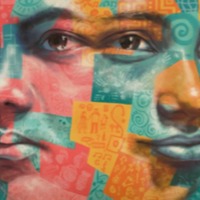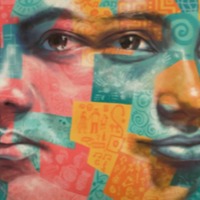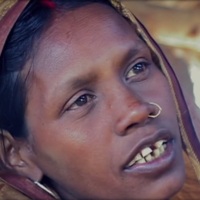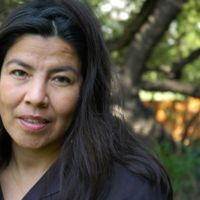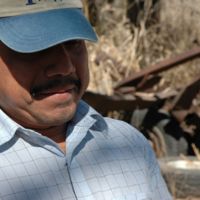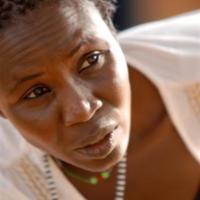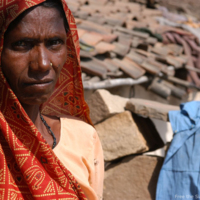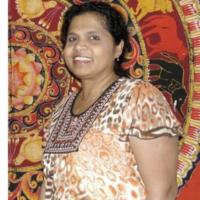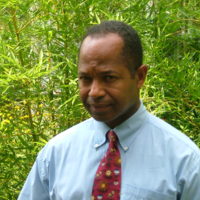The Global Slavery Index 2018 estimates that on any given day in 2016 there were over 3.8 million people living in conditions of modern slavery in China. Women and girls from South Asia, Southeast Asia and Africa are trafficked into the country for fees of up to £30,000. The gender imbalance caused by the One Child Policy and the cultural preference for male children, has caused a shortage of women which has led to the trafficking of women to be sold as brides or to birth babies. As a result many women find themselves either deceived by promises of employment, sold or abducted and forced into marrying Chinese men who have paid for them.
Khawng Nu was 22 years old when she was trafficked from the state of Kachin, northern Myanmar, to China. She thought she was going for work, however upon arrival she found that she would be used to provide children to Chinese men. Khawng Nu managed to send a message to her family, who shared it with the pastor and informed the village leaders. The broker from her village was arrested but didn’t disclose her location. Khawng Nu recalls seeing some 40 women on the floor of the building she was kept; some as young as 16. Eventually Khawng Nu’s family were able to pay a ransom for her return, borrowing from neighbours to pay the ‘fine’.
